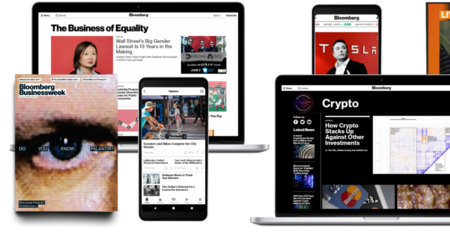AT&T is halting the services Jan. 1 for digital landline customers in 21 states.
(Bloomberg) — Come Jan. 1, AT&T Inc. phone customers with digital landlines will no longer be able to dial 0 for the operator or get directory assistance from 411: The telecom giant is ending the age-old services in 21 states, sending them the way of the pay phone.
The company stopped offering operator and directory assistance to wireless customers over a year ago. Other telecom giants have phased out the services as well.
The internet has made these jobs irrelevant to much of the population. Appointments, phone numbers and operating hours for most businesses can all be obtained quickly and easily online. And while AT&T serves more than 200 million subscribers with its wireless service, the company’s shrinking landline operations had just over 8.5 million customers at the end of the third quarter, including 3 million slated to lose operator services.
“It’s becoming apparent that there’s not really a need,” said Jeff Kagan, an independent telecommunications analyst. “It’s an older service that’s shrinking and dying, same as with traditional phone lines.”
In 2000, Verizon Communications Inc. rolled out an automated menu for customers after realizing most calls couldn’t be handled by traditional operators who were paid to route calls. Almost a quarter of inquiries were for billing or repair questions, and over 40% were for miscellaneous queries including “requests for the temperature, the cooking time for turkeys and the number of eggs used to bake a cake,” according to a Verizon statement.
Alongside the operator, the sun is setting on many icons of 20th century communications, like switchboards, rotary dials, landlines, phone books and pay phones.
Until electronic switchboards came along in earnest in 1965, operators were necessary to route many calls. Even after emergency phone numbers like 911 were adopted throughout the US in the 1970s and 1980s, operators remained crucial in directing callers to the correct personnel. Their services have also long been important for disabled and elderly customers.
Read more: NYC Says Its Final Goodbye to the Pay Phone
The first telephone exchange was founded in 1878 in New Haven, Connecticut, according to the History Channel, with about 20 clients including the local police, the post office and a drugstore. While the first operators were teenage boys, the field came to be dominated by women by the turn of the century. Much like flight attendants and other roles once defined by gender, operators were subject to strict dress codes, rigid rules of conduct, and height and weight requirements—all under close monitoring.
As the demand for phone service grew, so did operators’ power as a collective. As World War I ended, the profession had grown to nearly 180,000. In 1919, some 8,000 went on strike at the New England Telephone Co., paralyzing businesses across Maine, Massachusetts, New Hampshire, Rhode Island and Vermont. Less than a week later, the company bowed to the women’s call for better working conditions and higher wages.
But the strike also hastened investments in automation. Within a few years, some of the first “automatic” dial phones were introduced across the country.
Telecommunications companies employed a mere 550 operators in the US as of last year, according to the Bureau of Labor Statistics, down from the mid 20th-century high of almost 350,000.
More stories like this are available on bloomberg.com
©2022 Bloomberg L.P.











